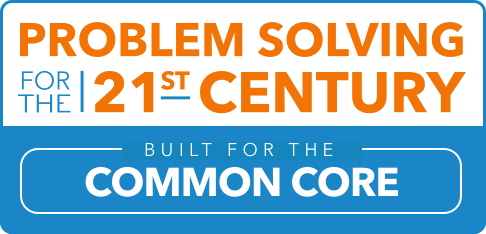Understand addition, and understand subtraction.
For any number from 1 to 9, find the number that makes 10 when added to the given number, e.g., by using objects or drawings, and record the answer with a drawing or equation.
Work with addition and subtraction equations.
Understand the meaning of the equal sign, and determine if equations involving addition and subtraction are true or false. For example, which of the following equations are true and which are false? 6 = 6, 7 = 8 - 1, 5 + 2 = 2 + 5, 4 + 1 = 5 + 2.
Use place value understanding and properties of operations to add and subtract.
Add up to four two-digit numbers using strategies based on place value and properties of operations.
Represent and solve problems involving multiplication and division.
Use multiplication and division within 100 to solve word problems in situations involving equal groups, arrays, and measurement quantities, e.g., by using drawings and equations with a symbol for the unknown number to represent the problem.1
Use the four operations with whole numbers to solve problems.
Solve multistep word problems posed with whole numbers and having whole-number answers using the four operations, including problems in which remainders must be interpreted. Represent these problems using equations with a letter standing for the unknown quantity. Assess the reasonableness of answers using mental computation and estimation strategies including rounding.
Perform operations with multi-digit whole numbers and with decimals to hundredths.
Add, subtract, multiply, and divide decimals to hundredths, using concrete models or drawings and strategies based on place value, properties of operations, and/or the relationship between addition and subtraction; relate the strategy to a written method and explain the reasoning used.
Solve real-world and mathematical problems involving area, surface area, and volume.
Draw polygons in the coordinate plane given coordinates for the vertices; use coordinates to find the length of a side joining points with the same first coordinate or the same second coordinate. Apply these techniques in the context of solving real-world and mathematical problems.
Analyze proportional relationships and use them to solve real-world and mathematical problems.
Compute unit rates associated with ratios of fractions, including ratios of lengths, areas, and other quantities measured in like or different units. For example, if a person walks `sf text (1)/sf text (2)` mile in each `sf text (1)/sf text (4)` hour, compute the rate as the complex fraction `sf(1/2)/(1/4)` miles per hour, equivalently 2 miles per hour with 2 being the unit rate.
Understand and apply the Pythagorean Theorem.
Apply the Pythagorean Theorem to find the distance between two points in a coordinate system.

